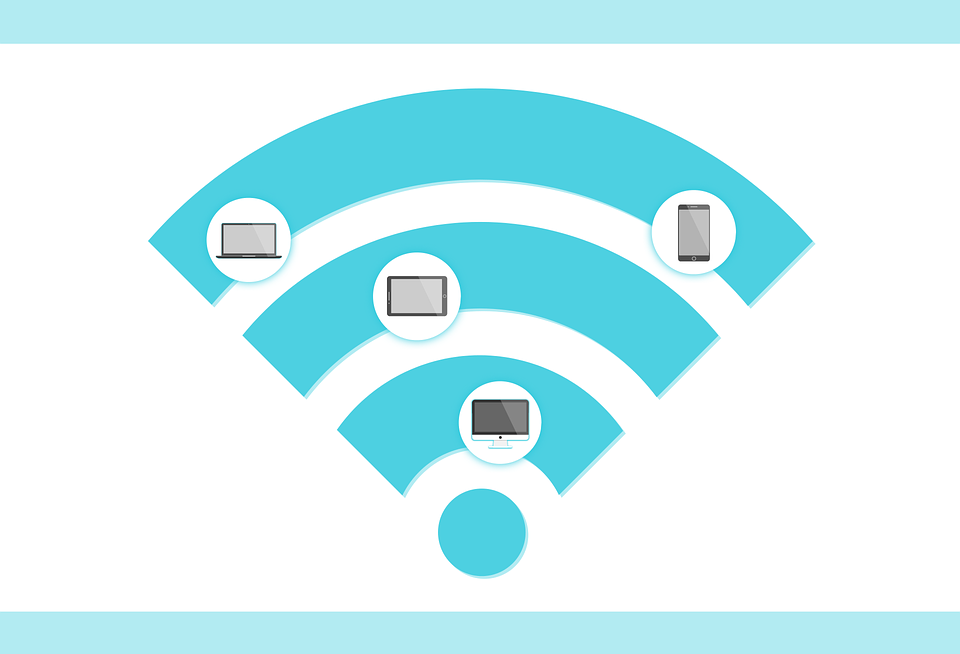Starting up a server at home using an open source operating system can really come in handy. You can use the server to create a music or a photo library to share with family and friends, run a website, send and receive e-mails, and many other tasks. You won’t necessarily need a fast computer unless the size of the files you’re storing on the server are large.
What you’ll need to start building a server?
To build your own server, you will need a few components. This is technically feasible with household components and is a fun experiment for the geek in you. For a professional service, we always recommend using a reputed hosting provider. Moving forward, here are some components which you may well have already:
- A computer
- A broadband network connection
- A network router, with Ethernet cable
- A monitor and keyboard
Step 1: Acquire a computer

Since your purpose is personal use, the server needs considerably less capacity than your average desktop computer. Your server won’t take up a lot of processing power if you’re looking to host files on a relatively smaller scale. But if you want to turn things up a notch (streaming movies, storing files, sharing your data with friends and family, or daily backups) , you will be needing a high-performance computer. Here are a few things it will need to possess:
- A Intel Pentium G2020 or a Core i3 3220 could be apt for the job. The G2020 offers an impressively low power input, while sustaining a power output values that are similar to 3GHz processors of the Sandy Bridge generation
- You could use an 8 GB DDR3 RAM
- A 500 GB hard-drive
- A cooling system, because your server will be running 24×7
Different operating systems require different specs. With slightly more advanced specs, it can take on almost anything you hurl at it. It’s best to have old hardware replaced as it can be unreliable.
Step 2: Internet Connection

Any type of Internet connection will do if this is just an experiment, but if you’re planning to stream video content or expect a lot of traffic, you will need a high speed connection. Make sure your server is connected to the router over LAN and if you are serious about using this as a full-time server consider setting up a failsafe internet connection. Irrespective of where you are on the globe, your choice of ISPs will vary depending on your area.
Step 3: The router

Don’t forget to get a reliable router, one that has the ability to operate 24×7. Also factor-in a power backup to ensure uninterrupted uptime and internet connection. The router can include WiFi if you want to connect other computers, but note that that may lower the speed your Server can call upon.
Step 4: The Monitor and Keyboard
If you have an old spare desktop, you may have a spare monitor and keyboard to go with it. Or you can use your current computer, if you’re not using a laptop, and willing to switch back and forth while you get things set up. You’ll only need the monitor and keyboard until you get your server up and running. Make sure you keep a monitor and keyboard somewhere as they come in handy.
What Operating System to use on your server?
You have a range of open source Operating Systems to choose from; Ubuntu, FreeBSD, Gentoo, Fedora and so on. You will also be needing an Ethernet card or a NIC (Network Interface Card) that is compatible with your operating system.
If you’re already familiar with Linux distributions like Ubuntu, you might consider just running a Linux desktop as your home server.
Another option is to use Amahi. For building a home server, Amahi is surely the place to start. It’s easy to setup, easy to manage, and supports a ton of different apps, including CrashPlan, Plex, ownCloud, Transmission, TrPlex, Crashplan, OpenVPN, SABnzbd+, Sick Beard, Couch Potato, and many more!
With everything in it’s right place, your server is up and running, and you’re good to go! Setting up a home server sure sounds like an exciting experience. But then again, everyone’s use case for setting up a home server could vary. What could be a better way to go about this?
Going Pro:
If your objective is to deliver web pages outside of your home (to friends and family) in an efficient manner, using a homemade server with limited scalability could be problematic. For instance, if your ISP’s services are flaky, your server will do you no good. Here are a few more reasons for why building a home server isn’t the best solution for storing your files:
- Security – Anyone could connect to your LAN exposing you to an attack
- Power outages – In case of a power outage, you could lose all of your data
- Servers that are paid for possess multiple HDDs and are hotswap enabled unlike home servers, they’re programmed to automatically take a backup of the parent data. In case of any failure, the primary HDD is removed without shutting down the system
- Paid servers are in a dust-free environment
It’s best that you buy a hosting package for any serious projects or websites. Cloud Hosting & Dedicated Servers offer you ample room to scale up as you grow.
I hope this post will help you on how to start a server in no time at your convenience.
There is no ads to display, Please add some



